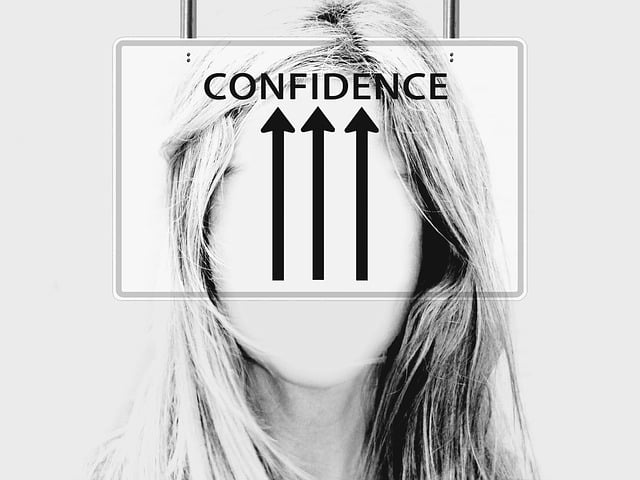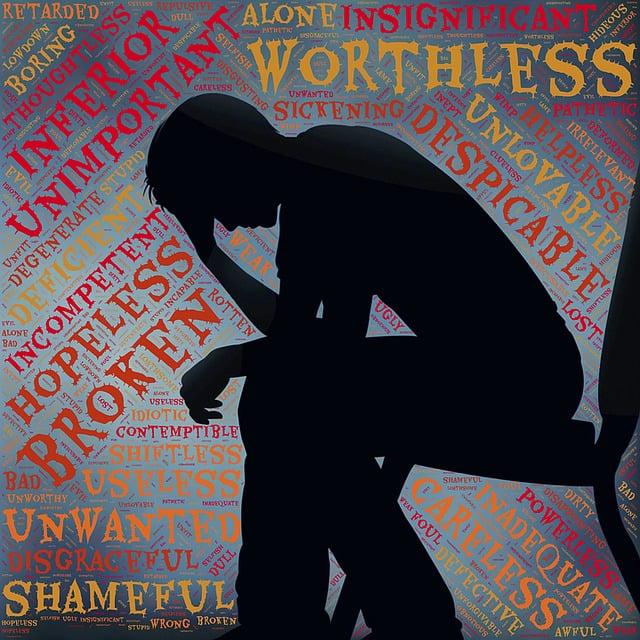Self-Exclusion Tools are digital solutions empowering individuals to manage their online interactions and well-being by setting boundaries, restricting access, or temporarily disconnecting from specific platforms, apps, or internet services. These tools, accessible via in-app features or external software, allow users to set time limits, block websites, receive alerts during prolonged sessions, and visualize usage patterns for informed decisions. Effective in combating problem gambling, self-exclusion tools enable users to voluntarily restrict or ban themselves from gambling platforms, reducing financial loss, relationship strain, and negative consequences. Research shows they significantly decrease gambling participation when combined with therapy, contributing to public health goals of lowering problem gambling prevalence.
Self-exclusion tools have emerged as powerful mechanisms in the fight against problem gambling. These tools, designed to empower individuals, allow users to voluntarily restrict or prevent themselves from accessing online gaming platforms. By understanding how self-exclusion tools work and their proven impact on reducing problematic gambling behaviors, we can foster a healthier relationship with digital entertainment. This article explores these tools’ definition, mechanisms, and effectiveness, shedding light on their potential to create a safer digital environment.
- Understanding Self-Exclusion Tools: A Definition and Purpose
- How Self-Exclusion Tools Work: Mechanisms and Features
- The Impact and Effectiveness of Self-Exclusion in Problem Gambling
Understanding Self-Exclusion Tools: A Definition and Purpose

Self-Exclusion Tools are digital mechanisms designed to empower individuals in managing their online interactions and well-being. These tools offer a way for users to set boundaries, restrict access, or temporarily disconnect from specific platforms, apps, or even internet services. The primary purpose is to provide users with greater control over their digital lifestyles, helping them maintain a healthy balance between online activities and real-world engagements.
These tools are particularly useful in today’s digital age where individuals often face challenges related to excessive screen time, cyberbullying, or the need for personal space. By employing self-exclusion mechanisms, users can take proactive measures to protect their mental health, enhance productivity, or simply enjoy a break from the constant connectivity that defines modern life.
How Self-Exclusion Tools Work: Mechanisms and Features

Self-exclusion tools are designed to empower individuals to take control of their online behavior and well-being by restricting access to digital platforms or content that may be harmful or distracting. These tools operate on various mechanisms, primarily involving user settings, platform policies, and technological interventions. Users can set specific parameters, such as time limits for app usage or blocks on particular websites, through in-app features or external blocking software.
The key features of self-exclusion tools include customization options, automatic restrictions based on scheduled timings, and alerts or reminders to pause or reflect during prolonged sessions. Some advanced tools also offer insights into usage patterns, providing users with data visualization to better understand their digital habits. This functionality encourages users to make conscious decisions about their online interactions, fostering a healthier relationship with technology.
The Impact and Effectiveness of Self-Exclusion in Problem Gambling

Self-exclusion tools have emerged as powerful instruments in the battle against problem gambling, offering individuals a proactive way to take control of their behavior and mitigate potential harm. These tools allow gamblers to voluntarily restrict or ban themselves from accessing gambling platforms, providing a critical layer of protection in a highly addictive environment. By implementing self-exclusion measures, individuals can break free from the cycle of compulsive betting, reducing the risk of financial loss, relationship strain, and other negative consequences associated with problem gambling.
The effectiveness of self-exclusion lies in its ability to empower individuals to make informed choices and hold themselves accountable. It serves as a tangible reminder of one’s commitment to change, deterring future gambling urges and promoting healthier habits. Research suggests that self-exclusion tools can significantly reduce gambling participation, especially when combined with other therapeutic interventions. These measures not only protect vulnerable individuals but also contribute to the broader public health goal of reducing problem gambling prevalence, ultimately fostering a safer and more responsible gaming environment.
Self-exclusion tools have emerged as powerful mechanisms in the fight against problem gambling, offering individuals a proactive way to regain control. By implementing these tools, casinos and gaming establishments can provide support to those struggling with addictive behaviors. Research highlights their effectiveness in reducing problematic gambling patterns, demonstrating their potential to prevent further harm. As technology advances, self-exclusion tools are becoming more accessible and user-friendly, encouraging responsible gaming and promoting mental well-being among users.






